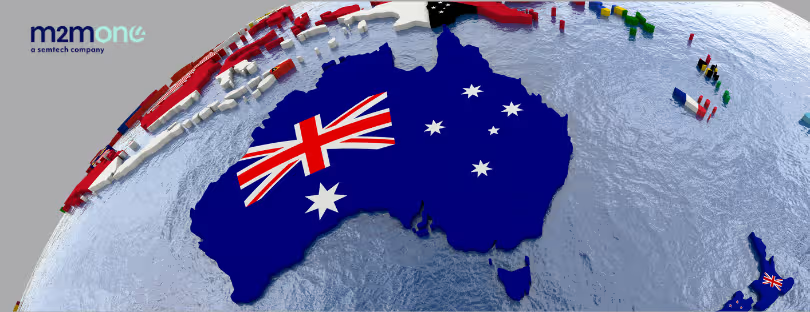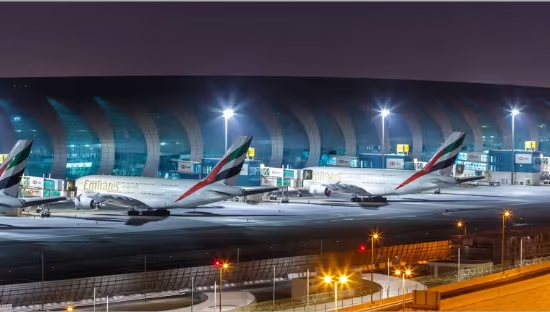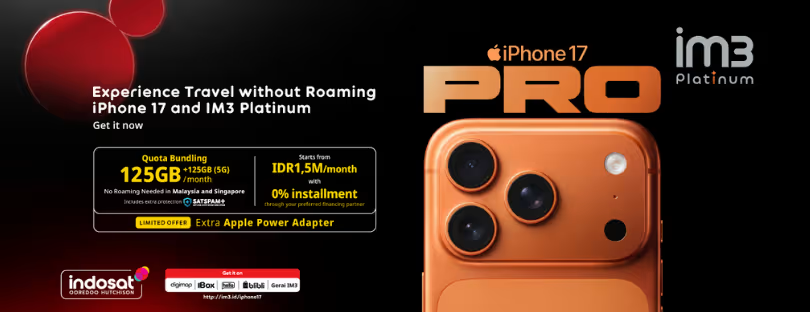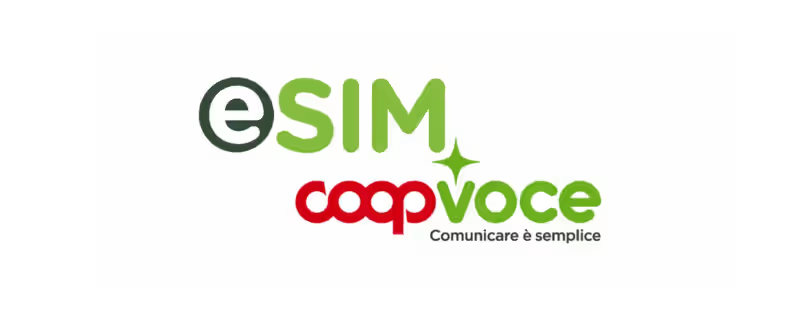
Telstra and M2M One Launch Australia’s First Dedicated IoT eSIM Service
Australia’s IoT ecosystem just took a major leap forward. M2M One—now part of Semtech—has deepened its 15-year partnership with Telstra to launch what is positioned as Australia’s first dedicated IoT eSIM service, built specifically for enterprise-scale deployments.
And for sectors like aged care, logistics, agriculture, and remote operations, this move could reshape how connectivity is rolled out, managed, and maintained across fleets of devices.
A Local eSIM Breakthrough for IoT at Scale
For years, eSIM has been celebrated as the future of device connectivity, but Australian enterprises have had limited access to carrier-grade options that actually matched their operational demands. Semtech APAC senior director Kat Dempsey acknowledged that gap directly, noting that while eSIM has quickly become the global standard for large-scale IoT deployments, “Australian enterprises haven’t had a local, carrier-grade solution designed for their needs—until now.”
That’s exactly what this new service aims to fix. Backed by Telstra’s nationwide 4G/5G, LTE-M, and NB-IoT networks, the M2M One eSIM platform is built for industrial-grade reliability. Coverage extends deep into rural Australia thanks to Band 28 support, giving devices better in-building penetration and long-range performance—crucial for farms, warehouses, vehicles, medical facilities, and thousands of sensors spread across Australia’s vast geography.
Built for Faster Deployment and Simpler Fleet Management
One of the biggest promises of this launch is making device rollout significantly easier. This includes:
- Rapid activation
- Nationwide coverage
- Live device visibility
- Full lifecycle management
- Dedicated local engineering support
These eSIMs plug directly into M2M One’s enterprise management portal—a central dashboard where businesses can activate, suspend, diagnose, and track the health of every SIM in their fleet. For IT teams who’ve had to juggle spreadsheets, manual provisioning, and slow telco support queues, this represents a major efficiency upgrade.
The platform also supports secure APN configurations, static IP addressing, and data pooling—features particularly important for industries that need predictable usage across thousands of devices.
Aged Care: The Quiet Giant of IoT Adoption
One surprising detail the company highlighted: aged care is one of the largest IoT adopters in Australia. M2M One has already provisioned more than 250,000 SIMs into this sector, powering everything from personal safety devices and medical gateways to facility sensors, wearables, and remote patient monitoring systems.
With the push toward digital health technologies—especially post-pandemic—having an eSIM-first approach could dramatically reduce downtime, maintenance costs, and logistical headaches for care providers.
Agriculture, Logistics, and Asset Tracking Stand to Benefit Most
IoT is already a backbone for Australian agriculture, underpinning smart irrigation, livestock monitoring, environmental sensors, and automated equipment. The move toward eSIM removes one of the industry’s biggest barriers: physical SIM swaps in remote or inaccessible areas.
In logistics and transport, fleets relying on trackers, telematics systems, and compliance devices can now streamline provisioning, reduce hardware interventions, and avoid SIM-related failures. For asset-heavy sectors, even a small improvement in uptime can translate into significant operational savings.
M2M One says it will work with both new and existing customers to transition large SIM fleets over to eSIM—exactly the kind of long-term migration strategy many enterprises need.
Satellite IoT and Hybrid Connectivity Are Becoming the Norm
This launch follows M2M One’s satellite IoT service release in June, signaling a broader trend: hybrid connectivity is becoming standard for industrial IoT deployments. Businesses want terrestrial coverage when available, satellite fallback when it’s not, and unified management across both.
Other global players—including KORE Wireless, Eseye, and Hologram—have leaned heavily into seamless multi-bearer IoT connectivity, supporting both eSIM and satellite integrations. In Australia, the M2M One + Telstra partnership gives the local market a homegrown alternative backed by established telco-grade infrastructure.
Market Perspective and What Comes Next
What M2M One and Telstra are offering isn’t just another eSIM product—it’s a signal that Australia is catching up with global IoT connectivity standards at scale. Companies like Kigen, Truphone (now part of 1Global), and 1NCE have been pushing advanced eSIM-based IoT solutions internationally for years, particularly in Europe and North America. Their success has shown that businesses want flexible provisioning, remote profile switching, and long-term device durability without physical SIM handling.
Australia has lacked a robust, local, enterprise-ready equivalent—until this partnership.
With Telstra’s network reach, M2M One’s local engineering teams, and Semtech’s broader IoT portfolio, Australian sectors with complex connectivity needs finally have a solution designed for their geography and operational realities. Reliable sources like GSMA Intelligence and IoT Analytics continue to report rapid year-on-year growth in eSIM-enabled IoT deployments, and Australia now has a clearer pathway to ride that momentum.
If the rollout delivers on its promise, expect to see accelerated adoption across agriculture, aged care, transport, energy, and environmental monitoring—industries that stand to gain the most from simpler, faster, and more resilient IoT connectivity.











